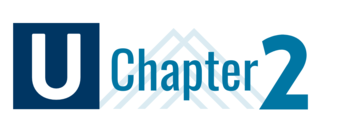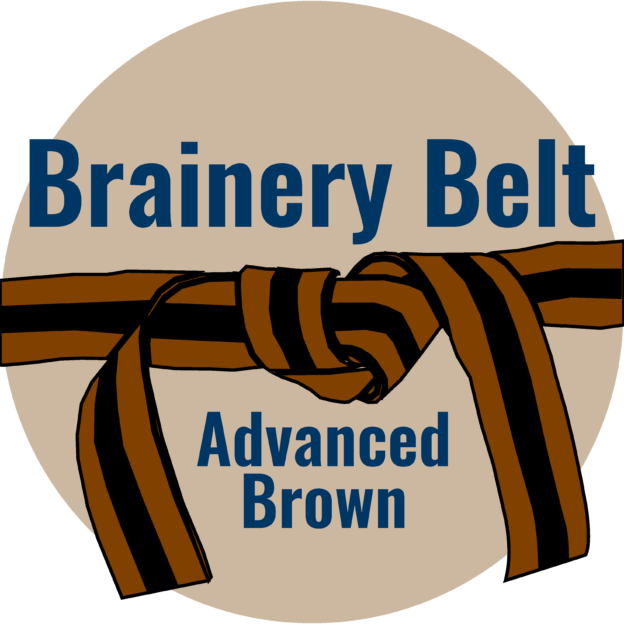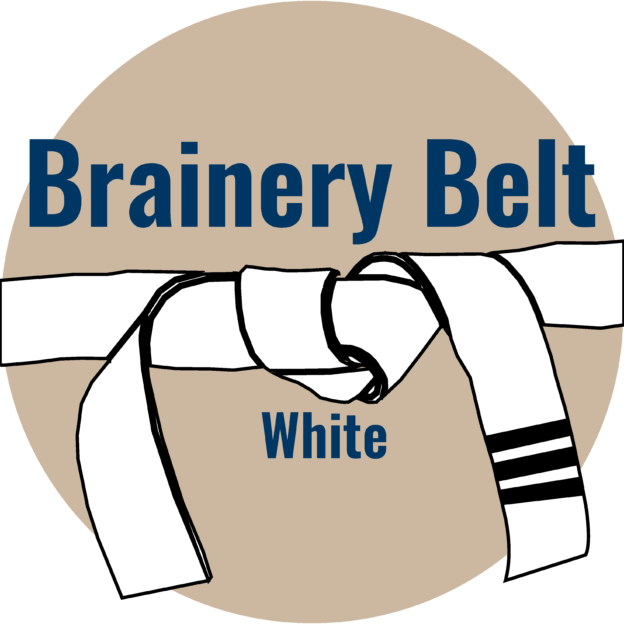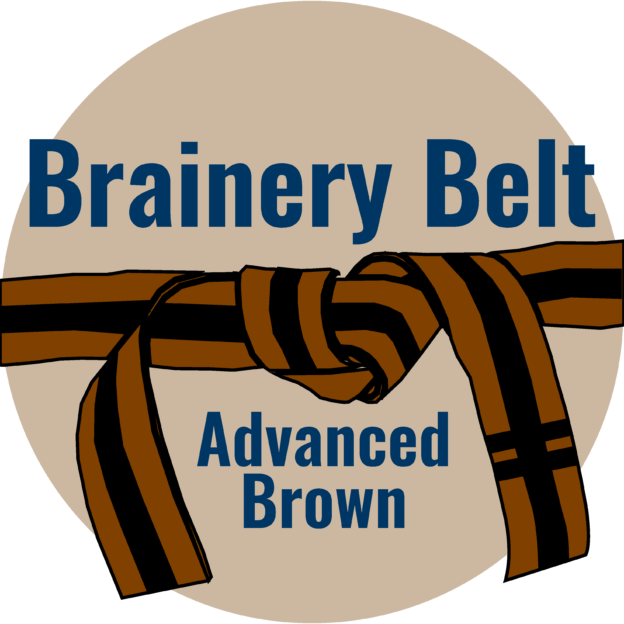
Civil Design
With very different goals and workflows, Civil design and construction have their own set of... View more
Thinking outside the sheet
-
Thinking outside the sheet
I’m a roadway/highway designer and we’re getting closer to supplying digital 3D models but it’s still going to be some time before that’s the norm wanted/needed for a majority of contractors. In the mean time PDFs have become the new paper and we’re using standard sheet sizes, why??? So we can print hard copies?
If I have a 3 mile long project, at 1”=50’ I’m looking at 12ish sheets just for plan view. That becomes cumbersome to find and “page” through, only to find the information needed spans multiple sheets.
Has any one instead tried creating 1 unknown sheet size (might be 66”x 340”) with the same 1”=50’ scale? Having all the information on one “sheet” only needing to pan around, never worrying about which sheet the information is on?
Wouldn’t this be a good intermediate step from digital plans to digital models? At this point we should be thinking about the limitations of file size not the limitations of a piece of paper, which our plans my never actually be printed on.
Other than, “That’s the way it’s always been done.” Why are we confined to 22×34 or 24×36 sheets of paper when printing to PDFs? Any issues to worry about in Revu?
Would appreciate any and all opinions and insights.
Log in to reply.



